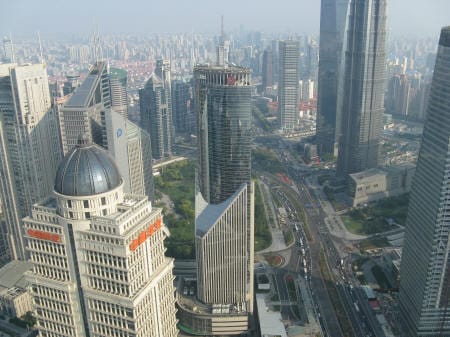HP Inc. has recently encountered a notable setback in its financial performance, as the company announced a significant miss on its earnings guidance for the fiscal quarter. This decline has been largely attributed to increased operational costs associated with tariffs. The unforeseen hike in expenses has raised concerns among investors and analysts regarding HP’s future strategies and ability to maintain its market position amid evolving economic challenges.
The company initially projected a more optimistic financial outlook, aiming to enhance its earnings per share (EPS) and overall profitability. However, the updated guidance indicated a far less encouraging scenario, leading to a reduction in investor confidence. According to HP’s management, the escalating tariffs imposed on imported goods have heavily impacted their cost structure, forcing the company to confront a challenging operational environment.
Tariffs, which are taxes imposed on specific goods imported into a country, have been a contentious issue in the American economic landscape. Introduced in various forms over the past few years, these tariffs have significantly affected numerous sectors, including technology manufacturing. For HP, which imports a considerable portion of its products and components, the tariffs have become a source of increased operational costs, creating a ripple effect throughout the company’s financial planning.
As a response to the tariff-induced financial strain, HP’s management emphasized the need to reassess pricing strategies, sourcing options, and overall operational efficiencies. The company’s Chief Financial Officer stated that while navigating this challenging environment remains a priority, it also requires sustained efforts toward innovation and productivity enhancements to mitigate the impact of these external pressures. This emphasis on adaptability and strategic planning signals HP’s commitment to remaining competitive, despite external challenges.
Analysts in the financial sector have expressed mixed reactions to HP’s situation. Some observers believe that the company must adopt more aggressive strategies in order to recapture investor confidence, while others argue for a more cautious approach given the uncertainties surrounding global trade relations and economic stability. HP has historically been a leading player in the printing and PC markets, but the current economic pressures could necessitate a reevaluation of its long-term strategies.
The broader implications of HP’s earnings miss extend beyond the company itself. The technology sector, characterized by rapid changes and fierce competition, is increasingly sensitive to fluctuations in economic policies and global trade dynamics. Many companies within the sector face similar challenges as tariffs and trade restrictions continue to evolve. As HP navigates through this phase, its performance could serve as a benchmark for other tech firms dealing with comparable pressures.
In addition to addressing tariff impacts, HP is also focusing on capitalizing on emerging markets and innovation in products and services. The company has made significant investments in developing sustainable technologies, which align with shifts in consumer preferences and regulatory requirements. The growth in demand for environmentally-friendly products may provide HP with opportunities to regain market traction and enhance its competitiveness.
Moreover, HP’s strategic initiatives, including increasing its presence in additive manufacturing and hybrid working solutions, are crucial for positioning the company favorably within the tech landscape. These initiatives not only leverage existing strengths but also allow HP to explore new revenue streams. The successful execution of these strategies could be pivotal in recovering from the fallout of current tariff-related challenges.
Looking ahead, market analysts will closely monitor HP’s moves over the coming quarters, particularly how effectively the company manages its cost structure and adapts to evolving market conditions. Investor sentiment will be tied to the company’s ability to demonstrate resilience and growth, despite the ongoing pressures from tariffs. The landscape sets a stage for continuous evaluation as HP strives to balance short-term financial performance with long-term strategic goals.
In conclusion, HP Inc.’s recent earnings guidance miss underscores the complexities facing modern corporations within the tech sector. The heightened costs associated with tariffs have prompted the company to reassess its strategies and operational efficiencies. As HP navigates these formidable economic challenges, its ability to innovate, adapt, and respond to market demands will be crucial in shaping its trajectory moving forward. The outcomes of these efforts will not only influence HP’s future but will also reflect broader trends within the highly competitive global tech marketplace.


